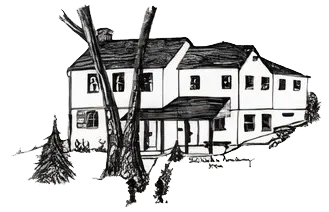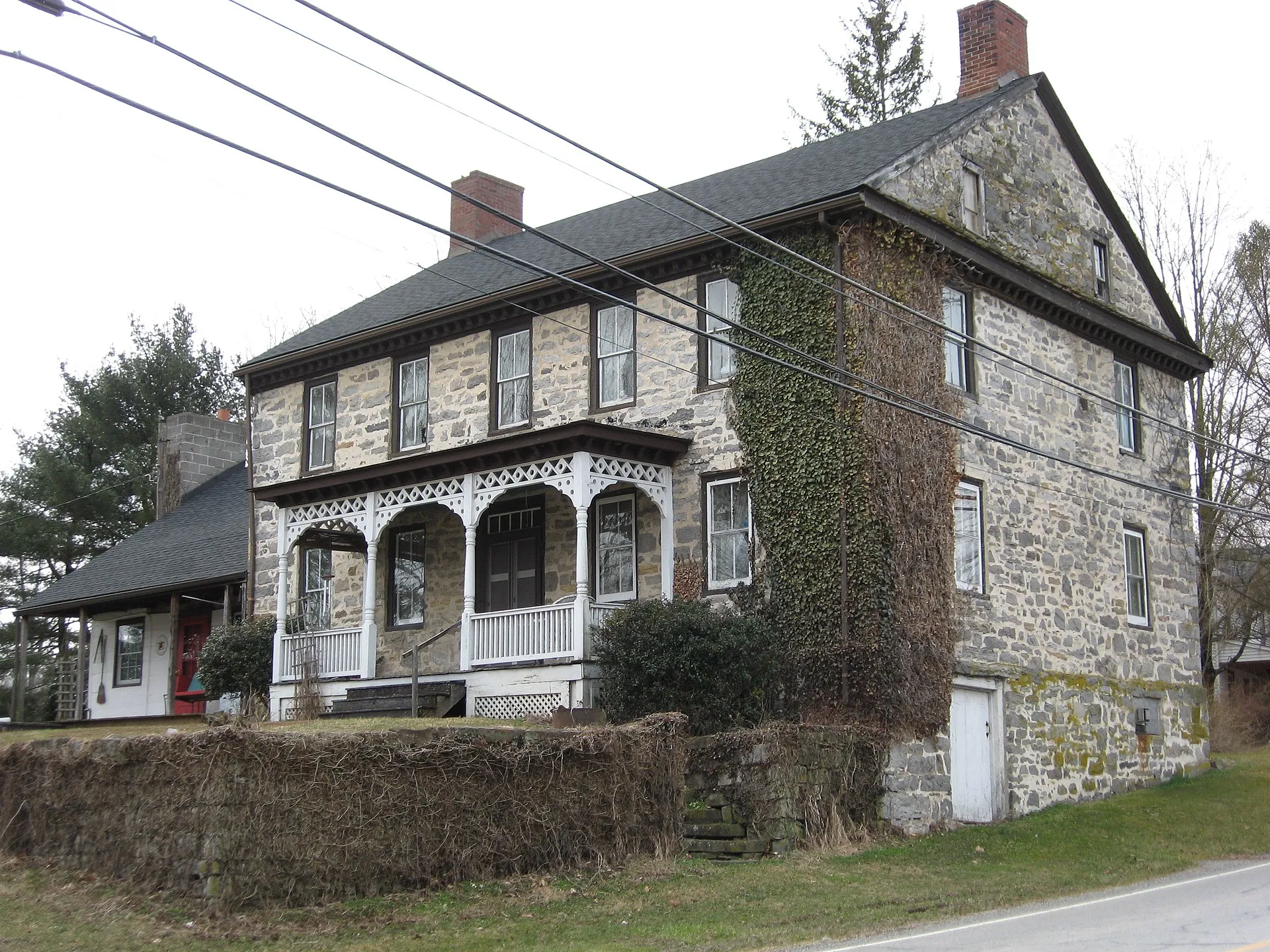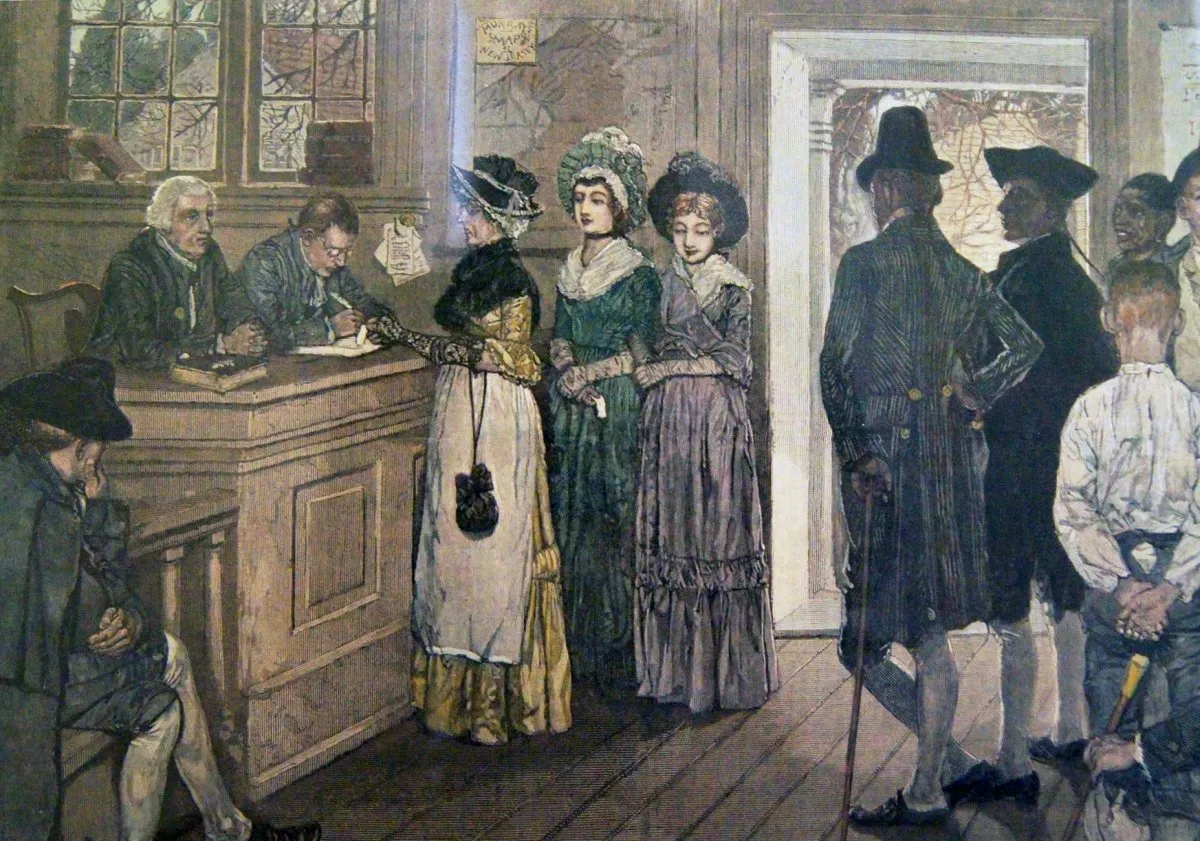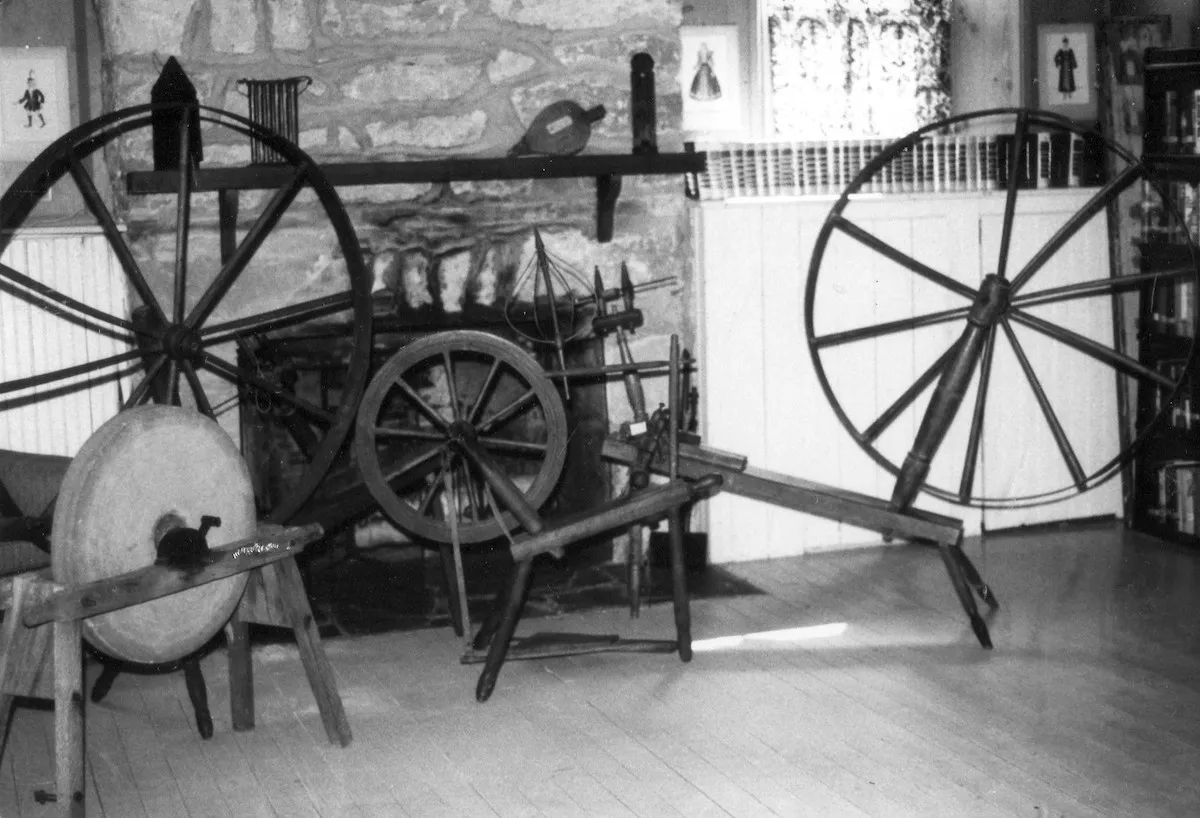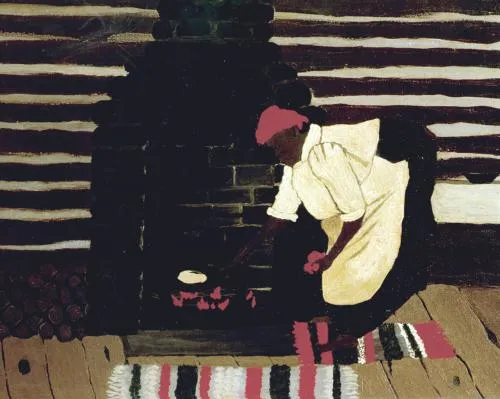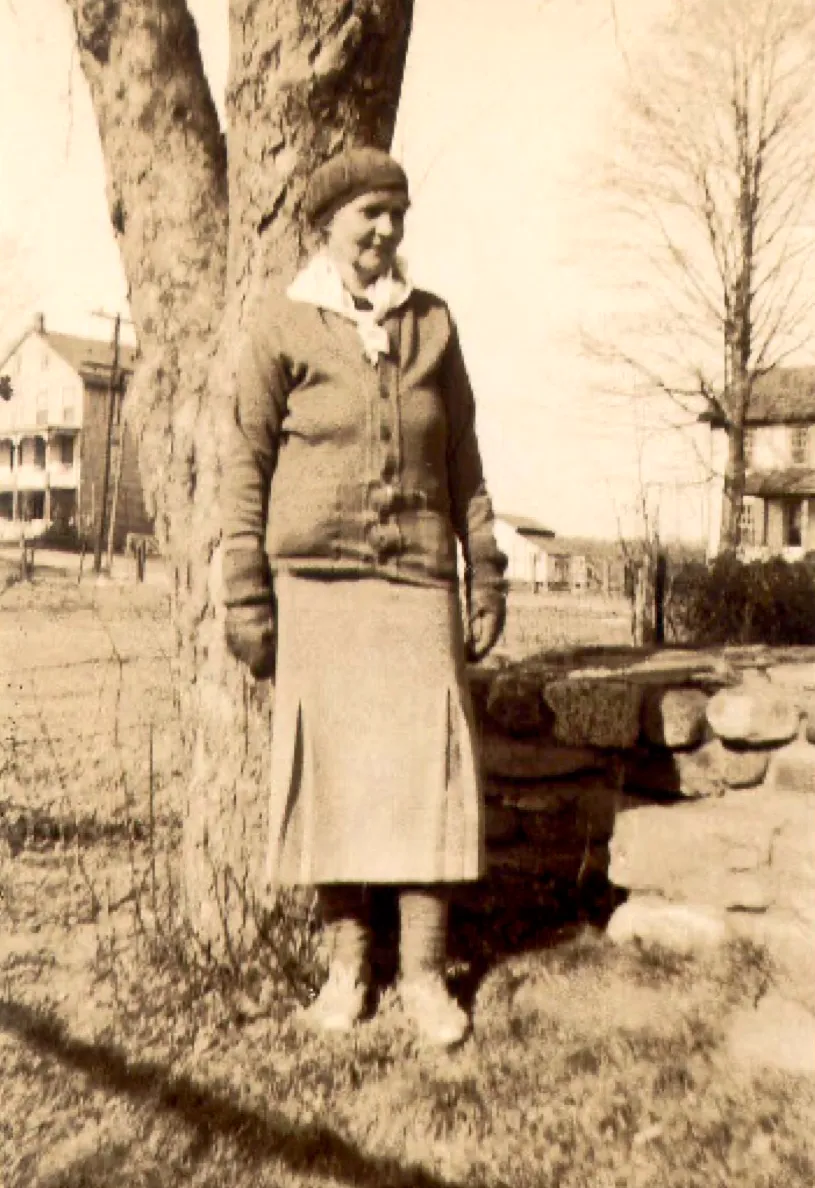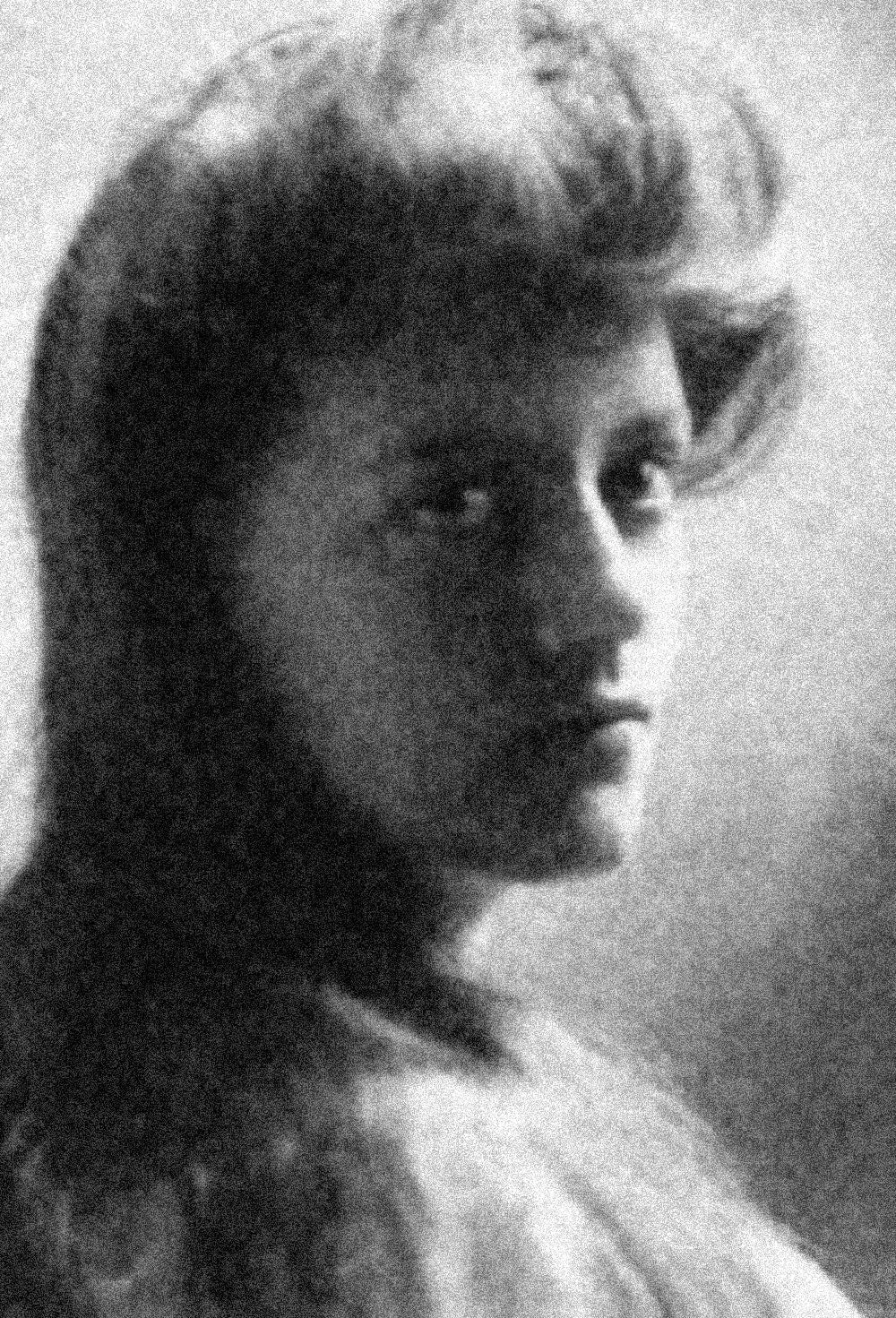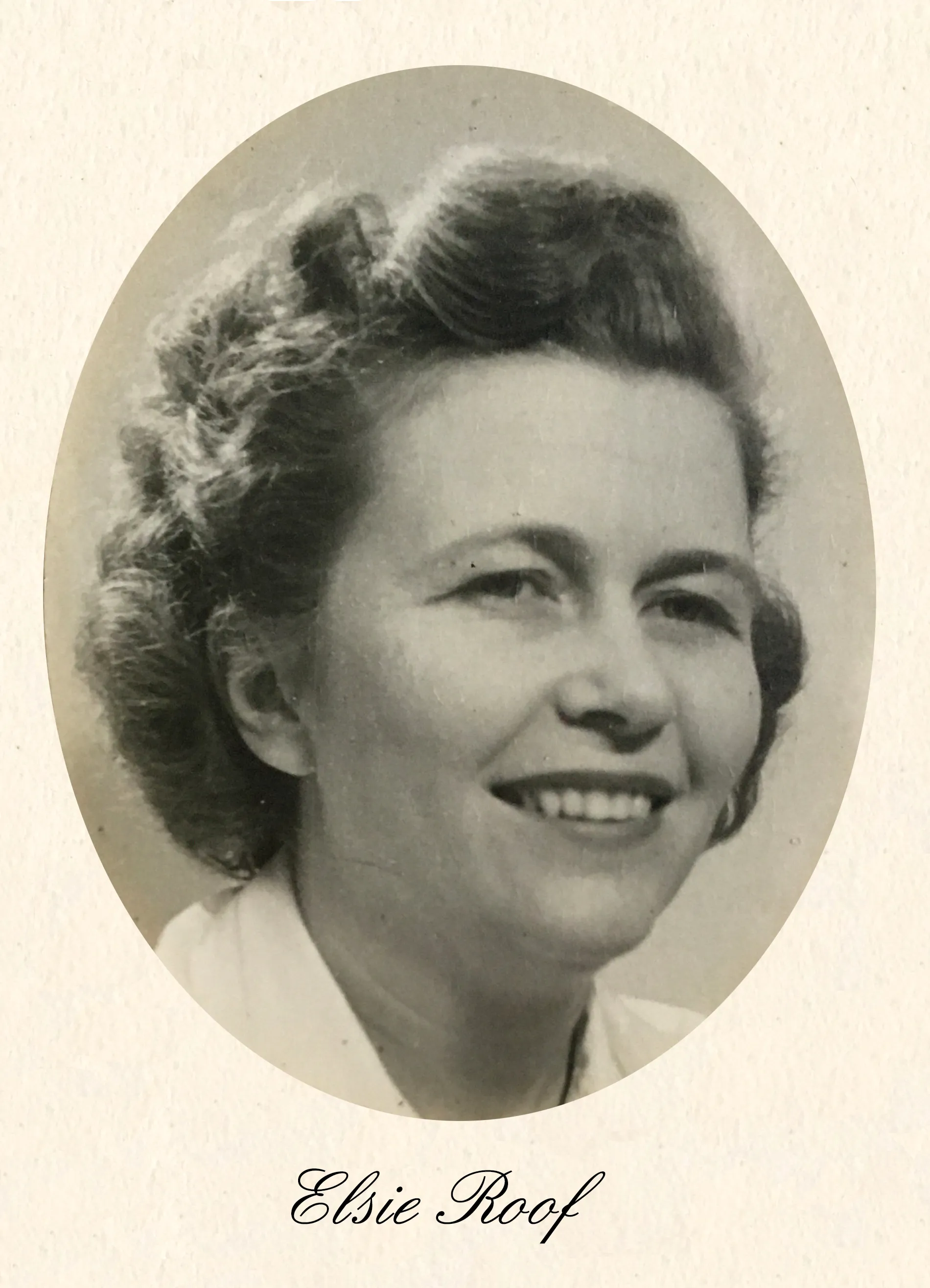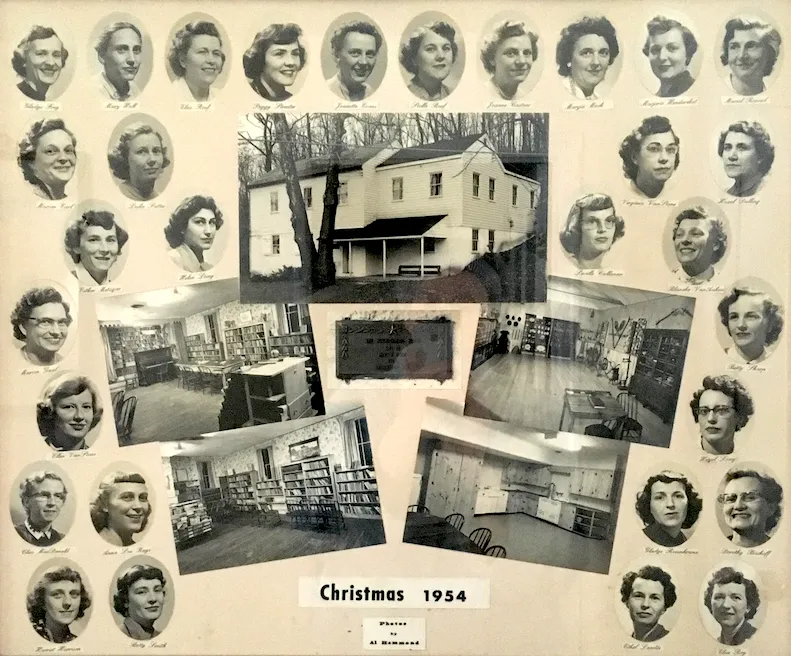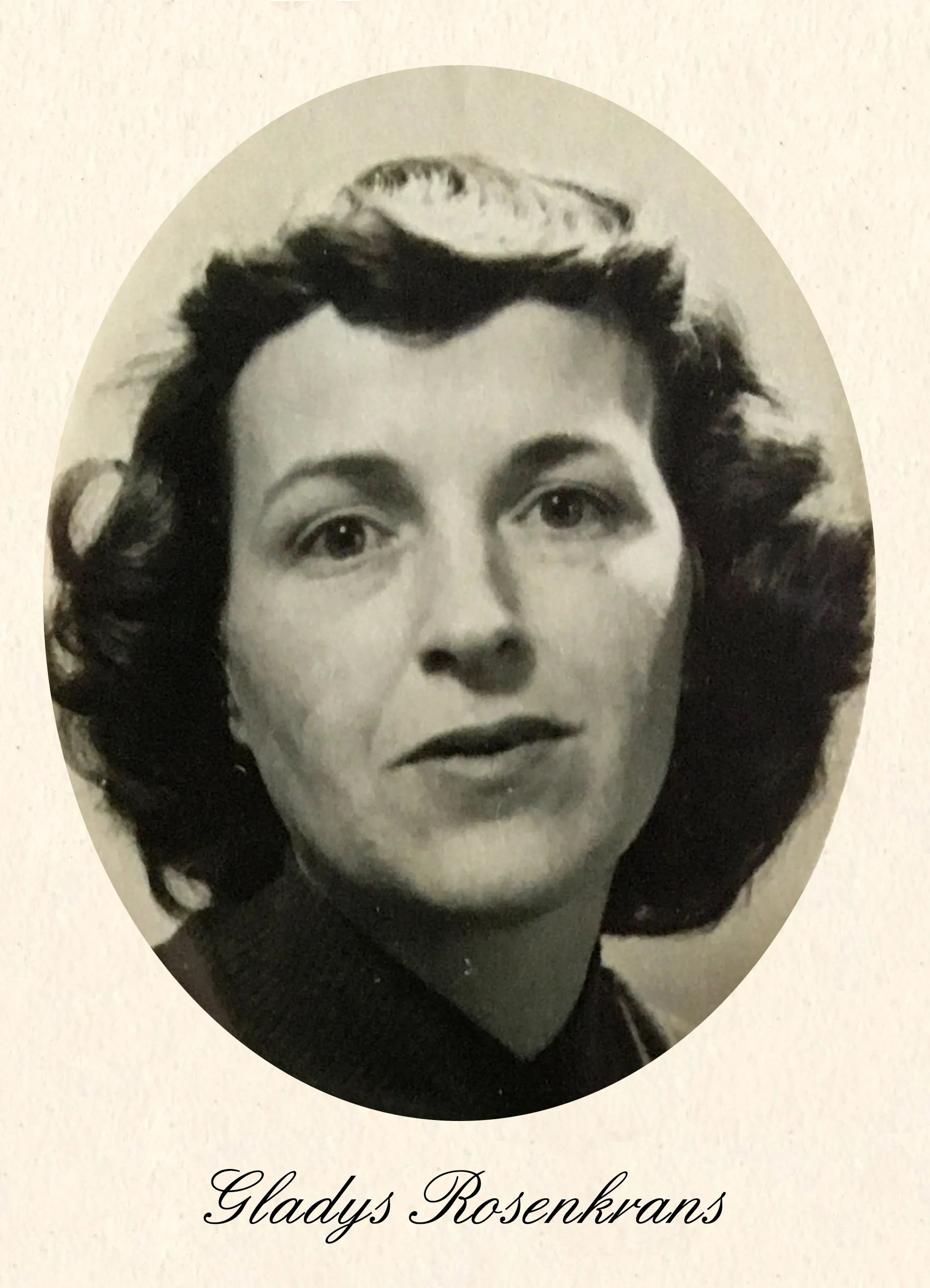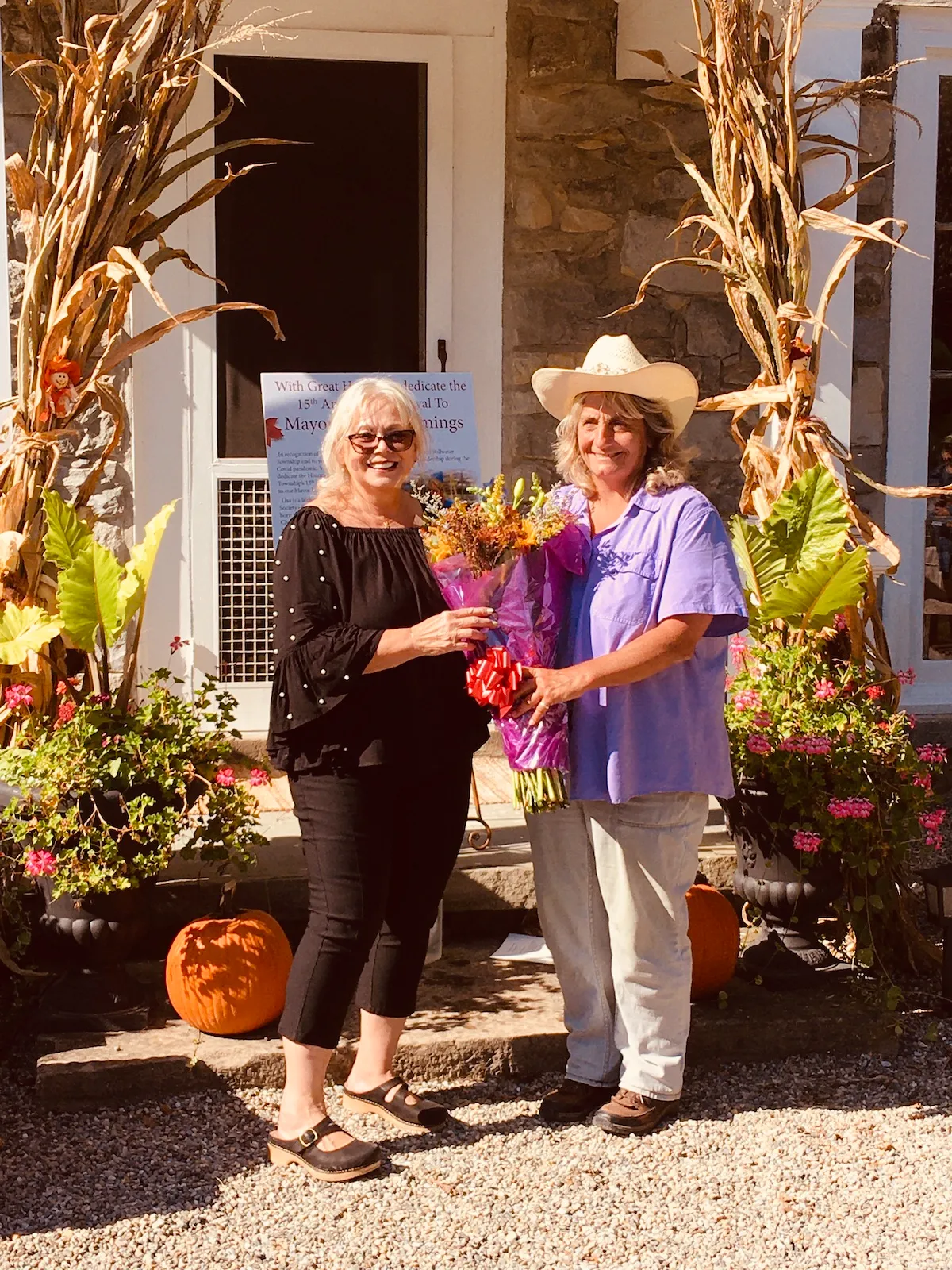Women of Historic Stillwater
From the matriarchal society of the native Lenape people to the leadership of female mayors elected in recent years, women in Stillwater have played a major role in shaping the people, landscape and cultural development.
The Earliest Women
The ancestors of the Lenape people inhabited the Stillwater region for thousands of years before Europeans arrived. Observations recorded by traders, missionaries and historians during the 1600’s illustrate that women in Lenape culture enjoyed equal status with males and often held the most respected positions of leadership. The emphasis was on a productive division of labor rather than specific gender distinctions as we know them today.
The Lenape’s matriarchal system meant that all children were part of their mother’s clan. When a couple married, the man moved in with the woman’s family. They may have later built their own home, but if anything happened to the parents, the children stayed with their mother’s family. While many couples were together for their lifetimes, divorces did occur. Once agreed upon, the man moved out of the family house and the children stayed with their mother. There was no property to divide, and no stigma was attached.
Women Immigrating from Europe
The first European women known in Stillwater history are the wife and two daughters of Johan Peter Bernhard (1688-1748) a native of the Rhine Valley in Germany. The family travelled to Philadelphia in 1731 and arrived in Stillwater about ten years later. Bernhard had married Maria Susanna in Bavaria in 1717, but there is no record of her maiden name or dates of birth and death. Their elder daughter, Margaret Elizabeth (1721-1800) married JG Wintermute (1711-1782) and her sister Maria Catharina (1723-1794) married Casper Shafer (1712-1784) and remained on farms in the Stillwater area for the rest of their lives. They are all buried in Stillwater Cemetery.
Jersey Women Win and Lose
Bernhard’s family were aligned with the American movement for independence from Great Britain. Casper Shafer was one of three delegates from Sussex County to serve in New Jersey’s first legislative assemblies from 1776-1779. Shafer participated in the drafting of the New Jersey Constitution which initially allowed un-married women to vote provided that they owned property or sufficient assets. At the time New Jersey was the only state in the Union in which any women enjoyed this right.
Casper Shafer passed away before the first presidential election in 1788, at which time George Washington ran as the only candidate. It is unlikely that his widow Maria, although then a single woman, would have been eligible for this privilege. In his Will and Testament, Casper Shafer bequeathed his house and property to his son. Maria inherited only the use of several rooms and the privilege of taking as many apples from the orchard as she might need.
In 1807, to the horror and resentment of many New Jersey women, this privilege was taken away when the New Jersey state legislature changed the rules and stipulated that voting was restricted to tax-paying, white male citizens.
Shafer’s involvement in the early days of the new country would have necessitated being away from home for significant periods of time. This was the case with many women in those days. In addition to their usual responsibilities which included spinning thread and yarn, weaving cloth, taking care of cows and poultry, making butter, making candles and countless other household duties, they were called on to be responsible for keeping watch over the crops.
Women As Legal Property
In addition to the heavy workload taken on by women living in the farmlands of colonial New Jersey, Casper Shafer’s wife Maria also ran an inn and tavern to welcome travelers in their home. To manage such a large operation with efficiency, she relied on the help of a crew of enslaved people who probably began arriving in Stillwater as early as the family did in 1742. They were housed in a two-story building which still stands on Stillwater Road overlooking the Paulinskill River. The men cleared the woodlands to create farmland and built the gristmill while the women would have attended to household chores as well as tending crops when needed.
Enslaved people were instrumental in keeping the farms productive. The British Crown had actively encouraged the practice under the Concessions of 1664-1665 which offered new landowners an additional 75 acres “for every… slave, over 14 years, carried with him or sent.”
Education for Women
During the 19th century, women’s roles began to expand. Although some early women had been taught to read, in most part so they could teach their children the Bible, often they were not taught to write and used an “X” as a signature in any needed legal documents.
As the century continued, women were able to acquire more education. The academy building in which the Historical Society is now headquartered opened in 1842 and served as the town’s center of education for over 60 years. During that time, girls would have joined the ranks of male students and been taught not just reading but mathematics and other subjects. By 1891, about half of the students were female.
Women were increasingly active in public life at the turn of the century and became involved in the promoting temperance, women’s suffrage, and public libraries. Stillwater was home to an active suffragette, Jane Olcott McCord, who had worked for the cause in New York and later became the first woman in New Jersey to run a gristmill.
From Suffragette to
“Miller McCord”
Jane Olcott McCord (1887- 1966)
Jane Olcott McCord holds the distinction of being the first woman in New Jersey to run a grist mill, a position which she held for 20 years and which won her the title of “Miller McCord.” She moved to Stillwater in 1926 with her husband Joseph McCord and daughter Lacy, leaving behind a very different lifestyle in New York.
The McCords were among a number of individuals and families from urban areas who moved into Sussex County after World War I. Literary and artistic types were attracted to the natural landscape and rural lifestyle. Painter James Ormsbee Chapin lived on the Marvin Farm in Middleville from 1926-1929 and painted portraits of the Marvin family.
Other newcomers may have found Stillwater and the remote areas outside of New York to be oases of freedom once prohibition became the law in 1920. The motivations of the new residents were as numerous their economic levels were diverse. Among the new residents was a young widow with four children.
Aline Murray Kilmer (1888-1941)
Aline Murray Kilmer, one of Stillwater’s most distinguished cultural figures, lived in White Hall Manor with her four children from 1919 until her death in 1941. A published poet, essayist and writer of children’s books, Aline Kilmer is usually introduced as “the widow of Joyce Kilmer”, the celebrated Catholic poet best known for the poem “Trees.” Joyce Kilmer never actually lived in Stillwater but died tragically during WWI in 1918 in the Second Battle of the Marne in France.
Since the Civil War, women in Stillwater and across the country have entered the teaching field and and gradually become leaders in educational administration. Educator Mary Dixon served as the first principal of the new Stillwater Township Consolidated School when it opened in 1941. Although modern compared to the one-room school houses which preceded it, the school did not have enough space for a library. Mary Dixon and her husband, Mayor Amos Dixon, bought the Academy building and transformed it into a library for the school.
When the Stillwater school expanded its premises in 1948, the Academy was no longer needed by the school and the Dixons transferred ownership to a local branch of Neighborhood House and turned the book collection into a private town library run by a Board comprised of all women. A group of local women dubbed the “Library Ladies” volunteered to organize the book collection and manage the library on a daily basis. Many continued working in this capacity for decades. Elsie Roof served as the Welfare Officer at Neighborhood House which also had its offices in the Academy.
Elsie Roof (1922-2018)
Elsie Eliassen was born in Stavanger, Norway, and grew up in Bay Ridge in Brooklyn. Her family spent summers in Stillwater where she met her future husband, Augustus “Gus” Roof, when she was 19. On their first date, Gus took her to a roller skating rink in Newton and they hit it off. They were married in 1942. As newlyweds in town, Gus and Elsie would cut rental costs by serving as caretakers in homes like White Hall Manor when the owners were away. Gus was a master carpenter and was skilled at handling all kinds of repairs. They eventually moved into their own home and raised two sons, Leon and George.
By this time, many of these women were running their own businesses and active in various volunteer organizations, while taking care of family needs at the same time. In 1954 the library was bequeathed a large donation of artifacts from Stillwater resident Hiram Beegle. Unable to house the collection, the leadership decided to re-visit the purpose of the building. Publicly-funded libraries were sprouting up in Newton, Blairstown and other areas in the vicinity and their little library was no longer crucial. Thanks to the generosity of another local woman, Charlotte L. Jones of Middleville, an addition was added to the building accommodate the collection of historical artifacts. The “Library Ladies” set to work cataloguing and displaying the objects and the building was named the Mary W. Dixon Memorial Library and Museum. By 1977 they established the Historical Society of Stillwater Township.
The first president of HSST was another capable woman, Caroline Celli, who lived directly across the street from the Academy building. Her team of officers was made up of Elsie Roof, Sadie Hill Gass, Gladys and Mac Rosenkrans and Wilma Hill, who took the minutes at the meetings for fifteen years. For the next four decades both men and women presided over the activities of HSST, each contributing their own knowledge, interests and creativity to enrich the scope of the programs offered.
Gladys Nystrand Rosenkrans (1924-2008)
A founding member of the Stillwater Historical Society and an original member of the “Library Ladies” group, Gladys Rosenkrans was a solid fixture in the Stillwater community for more than thirty years. She was born in Unionville, NY, and grew up near Sparta where her parents, Emma and John Nystrand, raised four children on West Mountain. Gladys attended Franklin High School and graduated as valedictorian. She was a trained beautician and also worked at Picatinny Arsenal during WWII. Gladys moved to Stillwater in 1950 when she married McClellan Rosenkrans, a building contractor whose ancestors had arrived in America in the mid-1600’s.
Women in Stillwater Today
Stillwater women have continued to play a major role in society through leadership in emergency services, medical careers, teaching, public service and volunteer work.
Denise Stocker Current was elected as the first female mayor in 1997 and again in 2001, all while running the Stocker Bus Company established by her late father. Lisa Chammings followed Current’s example and was elected mayor in 2017. She served until 2021.
Born and raised in Stillwater, Lisa Chammings is an outstanding example of how much women contribute to our community. While serving as a full-time science teacher at Kittatinny High School, and working as a life-long farmer, she first entered public service in 2012 when she was elected to the Township Committee. In 2021 the Historical Society of Stillwater dedicated the Citizen of the Year Award to Mayor Chammings and presented her with a Stetson hat with a rhinestone tiara.
For more information:
